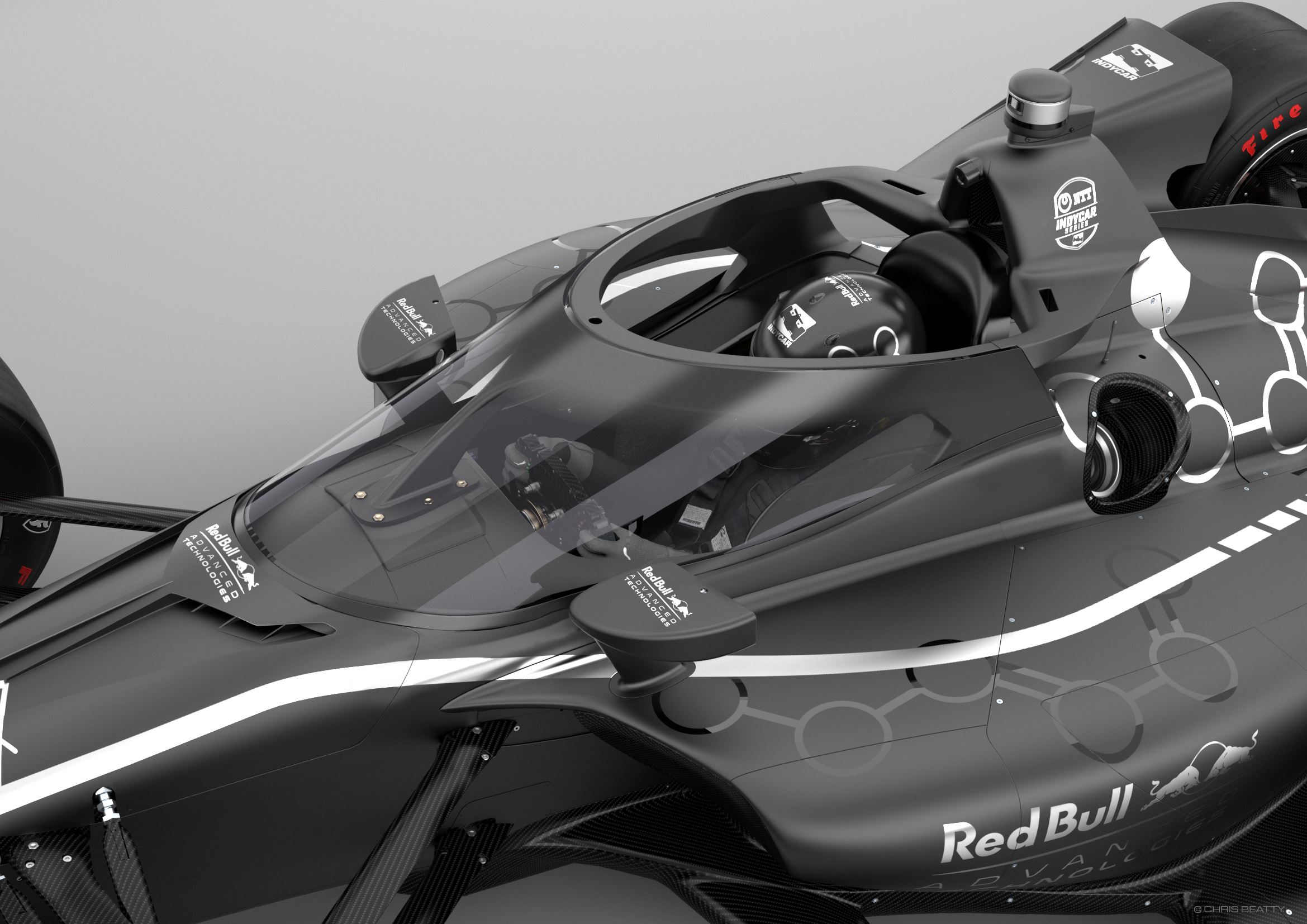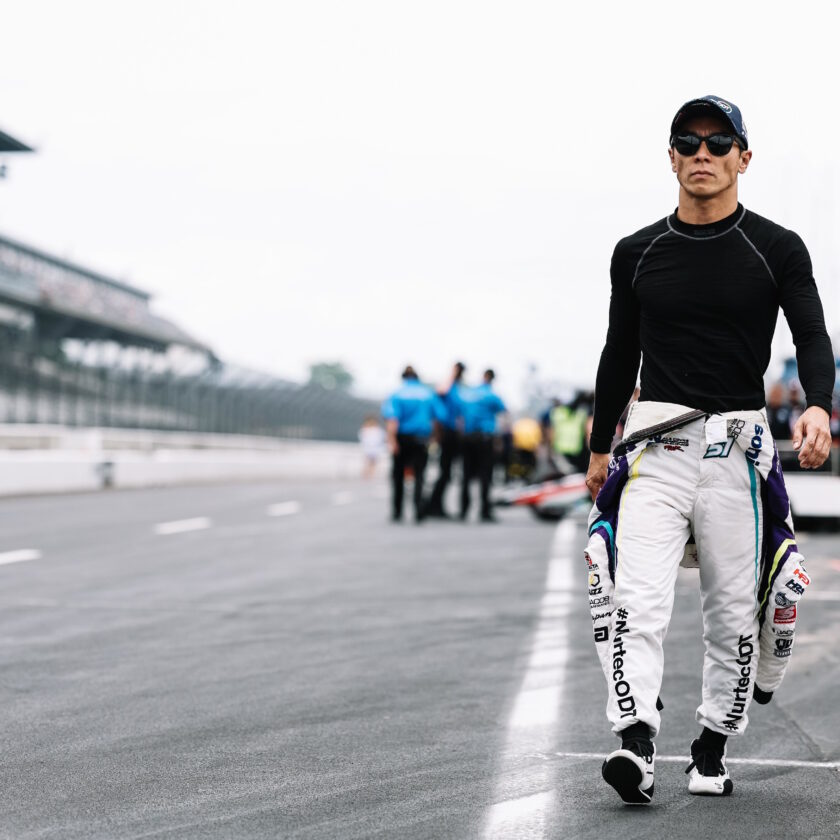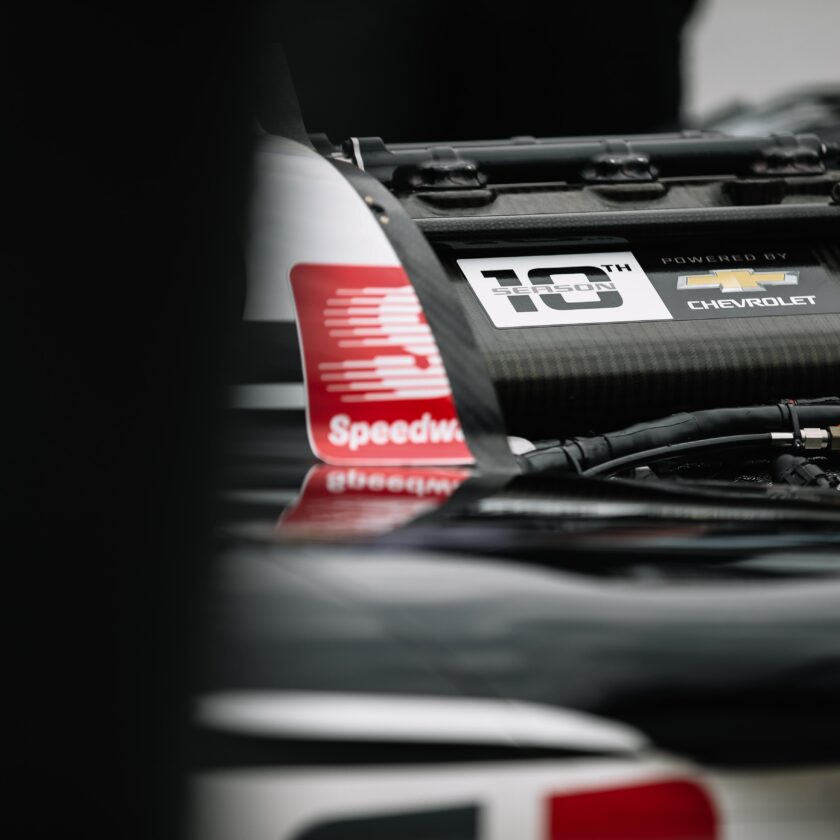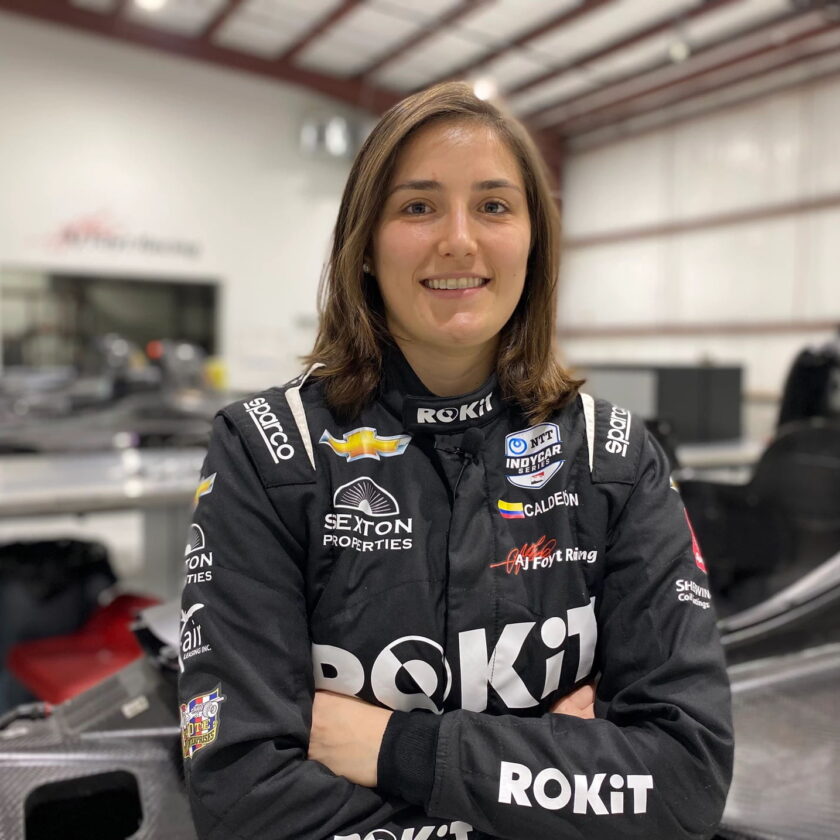Things have been bubbling up for quite a long time, but now it’s final – NTT IndyCar Series will have a windscreen on the cars in 2020.
The windcreen, or rather its official name, Aeroscreen, will protect the drivers against flying debris which could hit the drivers on the helmet.
The first tests with Aeroscreen on ovals was done in 2018, with both Scott Dixon and Josef Newgarden amongst the drivers, but they had some criticism regarding reflections and other things. The most important point was that the aeroscreen actually didn’t pass the ballistic test. So all those factors made that specific model being cancelled.
But IndyCar was in contact with Red Bull Advanced Technologies, who has experience from Formula 1 with the HALO. A Formula 1 HALO can’t be used 1:1 since the cars are not constructed for the other loads, that a HALO would put on the car in an accident.
The series furthermore wants to fully enclose the driver, so no kind of debris can hit the driver in the head. The risk of debries are much higher at ovals compared to normal tracks, and the speeds are higher than at most Formula 1 track. The director of Indycar Aerodynamic Development, Tino Belli, has also pointed out that a HALO actually can deflect debris into the totally unprotected torso area of the drivers, which can be a lot worse than being hit on the head with a helmet.

Graphics: NTT IndyCar Series
Red Bull Advanced Technologies has come up with a solution that combines the best of both worlds, and the plan is to put it on the cars already in 2020.
A titanium frame, with a mounting point in front of the cockpit (where the Advance Frontal Protection currently is mounted) goes to the back of the cockpit like a HALO, but has completely different mounting points on the side of the cockpit. There will be laminated glass with heating threats inside it, so the glass can’t fog up. There is a small air intake too, so there will be a small natural airflow into the cockpit, to further more avoiding to to fog up, plus the drivers helmet won’t be as much affected by the different airflow from the Aeroscreen, as we saw during the tests last year.
The laminated polycarbonate glass will have an anti-reflection coating, which the drivers was complaining about too at the 2018 tests. It will be possible to put tear-offs on the outside, like seen on Le Mans cars etc, so the drivers will have a clear view after each pitstop.
There will be real-life testing over the summer time and later in the year, so we will know if theory also works in the real world.
But the equipment can be mounted on all the current chassis’s, so the teams don’t have to buy new cars.



